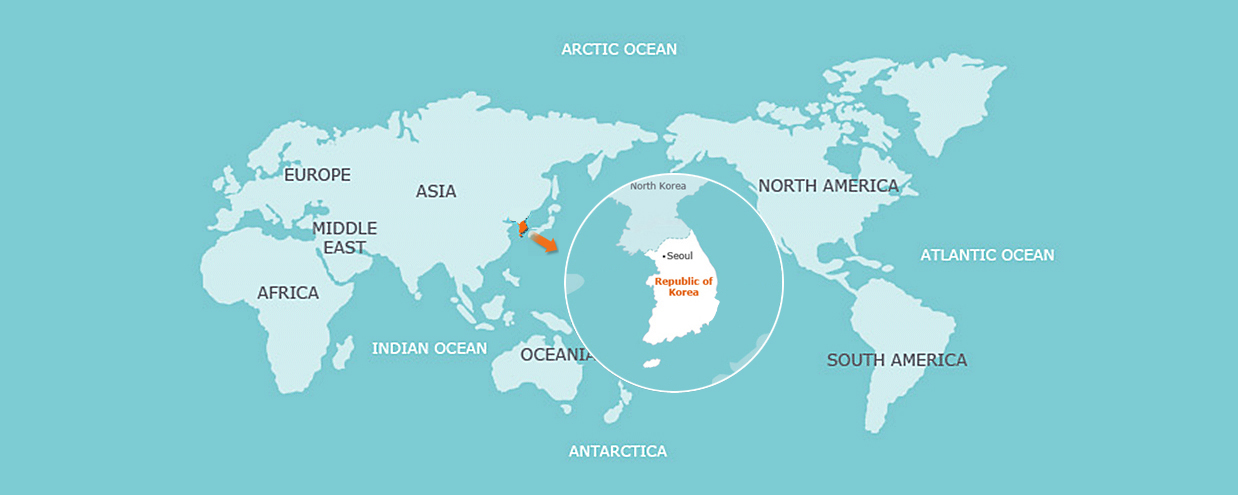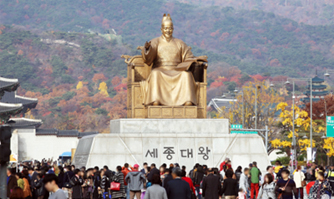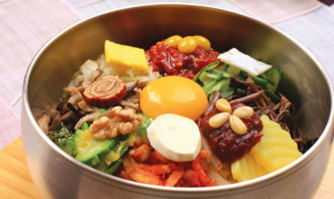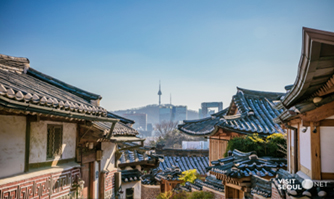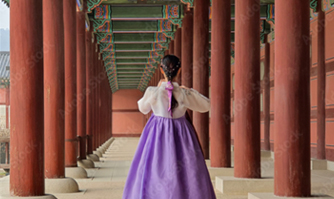TRAVEL
Jeju, Korea
About Jeju
About Korea
Jeju is the largest and southernmost island isolated from the Korean peninsula.
It has an area of 1,850 ㎢and a population of 673,665 residents as of 2024.
After Jeju was designated a Biosphere Reserve in 2002, World Natural Heritage in 2007 and a Global Geopark in 2010, the Culture of Jeju Haenyeo was inscribed on the UNESCO Representative List of the Intangible Cultural Heritage of Humanity in 2016.
Jean-Marie Gustave Le Clézio, Nobel Prize laureate in Literature, referred to Jeju as one of the world`s last islands of outstanding natural beauty.
It has an area of 1,850 ㎢and a population of 673,665 residents as of 2024.
After Jeju was designated a Biosphere Reserve in 2002, World Natural Heritage in 2007 and a Global Geopark in 2010, the Culture of Jeju Haenyeo was inscribed on the UNESCO Representative List of the Intangible Cultural Heritage of Humanity in 2016.
Jean-Marie Gustave Le Clézio, Nobel Prize laureate in Literature, referred to Jeju as one of the world`s last islands of outstanding natural beauty.
Explore Jeju
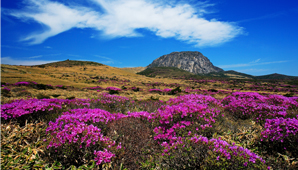
① Mt.Hallasan
Saryeoni Forest Path is a forest walking trail that starts from Bijarim-ro and goes through Mulchat Oreum Volcanic Cone and Saryeoni Oreum Volcanic Cone. Its starting point is located at National Road No. 1112, which is thick with cedars. A variety of species of trees grow in the forest, such as Konara Oak, Red-Leaved Hornbeam, Snowbell, Hinoki Cypress, and cedar. The average altitude is 550m. It is popular among tourists who love hiking, because the nature of the forest hasn’t been tampered with.
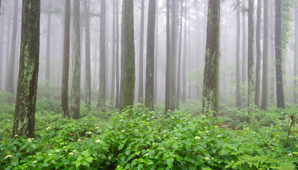
② Saryeoni Forest Path
As one of Korea’s 3 spirit mountains, Hallasan Mountain is located on the southernmost part of the Korean Peninsula, and lays claim to the title of South Korea’s tallest mountain with the height of 1,950m above sea level. Home to all sorts of vegetation, the mountain possesses immense scientific value and is a veritable treasure trove of animals and plants. In fall, when everything is blanketed by a colorful display of flowers, the mountain covered with the red color of the fall foliage is truly a sight to behold, while the snow-covered mountain in the winter stands out as the view to surpass all views.
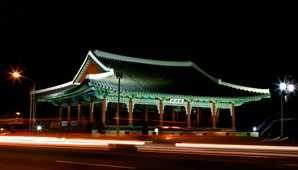
③ Gwandeokjeong Hall
Gwandeokjeong Hall, which is located at the center of downtown Jeju, serves as a meeting ground as well as a milestone. It is designated as Treasure No. 322 and is familiar sight to the resident in Jejudo Island. In 1448, during the reign of King Sejong in the Joseon Dynasty, Jeju Moksa Sin Suk-cheong built Gwandeokjeong Hall in order to train soldiers and to boost martial spirit. It is popular among tourists for experiences such as wearing hanbok (for a fee) and playing traditional games.
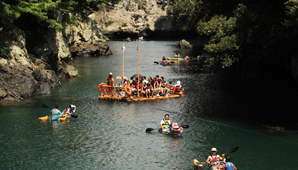
④ Soesokkak Estuary
Soesokkak Estuary is a valley formed by flow of lava, and its geography is just as unique and interesting as its name implies. Soesokkak Estuary is also one of the "Hidden Sceneries of Seogwipo Chilsimni," and the harmonious view of strange rock formations and pine tree forests is visually stunning. There is also a famous raft called “Teu”, which you can ride on to admire every nook and corners of Soesokkak Estuary. On the raft, you pull the rope to pass through the crystal clear water, letting you enjoy the exotic view of the interesting array of rocks.
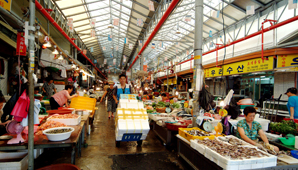
⑤ Seogwipo Maeil Olle Market
Seogwipo Maeil Olle Market is a traditional market located in Seogwipo City, which is known as the top tourist destination in Jeju. Included in the Jeju Olle Trail courses, Seogwipo Maeil Olle Market receives great responses from tourists through various cultural events and festivals. The market mainly sells local specialties such as tangerines, Hallabong oranges, and tilefish.
For tourism information, please refer the following websites :


